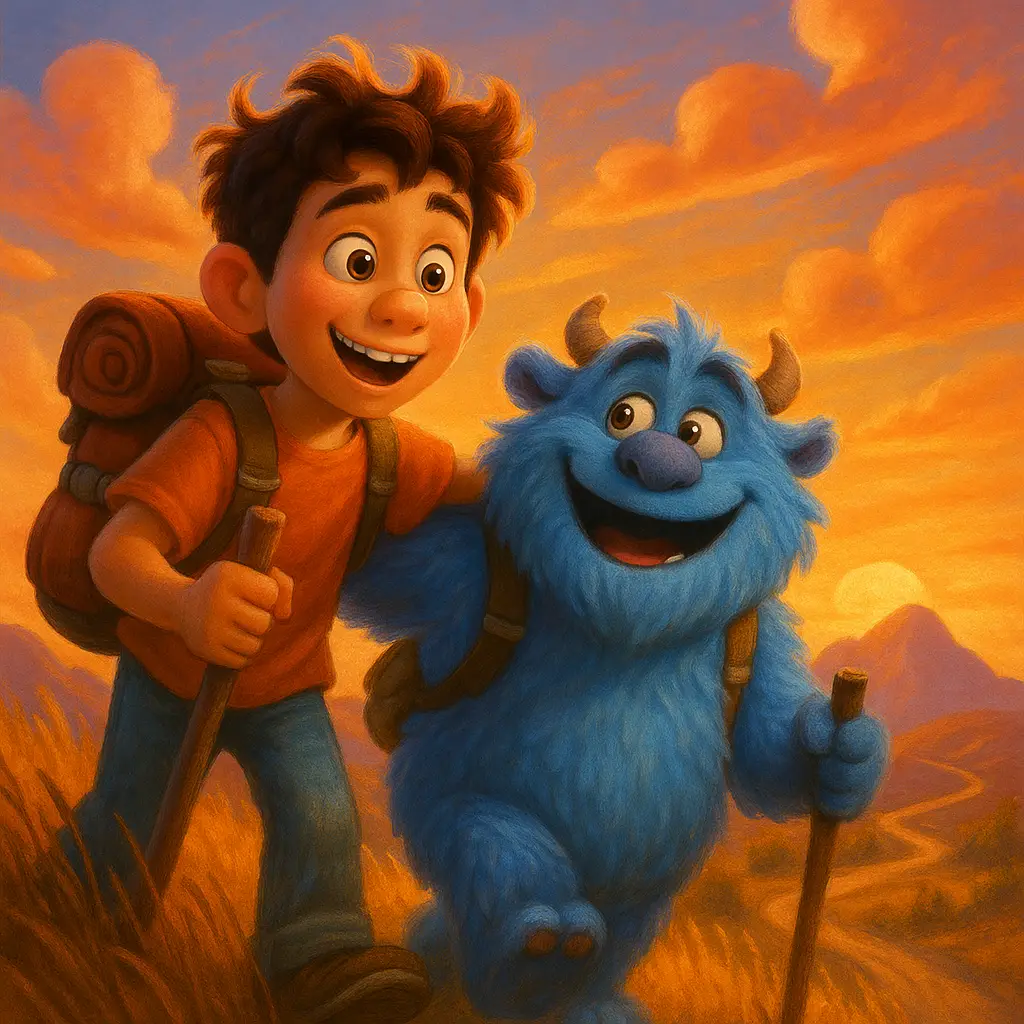Discovering the Magic of Pixar Storytelling in Visual Art
Pixar Animation Studios is synonymous with captivating storytelling and breathtaking visuals. Each film they produce is a testament to their dedication to creating memorable characters and immersive worlds that resonate with audiences across all ages. But have you ever considered how their storytelling techniques impact their unique art style? In this post, we will uncover the magic of Pixar’s storytelling as reflected in their visual art and how it enhances emotional connections with viewers.
The Foundations of Pixar Storytelling
Before diving into visual aesthetics, it's essential to understand what makes Pixar's storytelling profoundly effective. Pixar films often follow these fundamental principles:
- Universal Themes: Every story tackles themes such as friendship, love, overcoming adversity, and self-discovery.
- Character-Driven Narratives: Strong, relatable characters drive the plot forward, allowing viewers to connect emotionally.
- Visual Metaphors: Visual elements often symbolize the characters' inner journeys, enhancing storytelling depth.
- Emotional Range: From humor to heartbreak, Pixar expertly balances various emotions that keep viewers engaged.
- Attention to Detail: Every frame is meticulously crafted, bringing everything from backgrounds to characters to life in vivid detail.
The Influence of Art Style on Emotion
Pixar's art style is not just about beautiful animation; it's a crucial factor in storytelling. The studio favors vibrant colors, soft textures, and expressive character designs that not only create an engaging aesthetic but also evoke emotions. Here’s how their art style influences emotional narratives:
Color Psychology
Colors play a significant role in evoking emotions. Pixar leverages color psychology to reflect the mood of their stories:
- Bright, Bold Colors: Often used in comedies or during happy moments to induce warmth and joy.
- Muted Tones: Can signify sadness or tension, providing a stark contrast to happy scenes.
- Color Gradients: To transition emotions or depict growth in characters throughout the story.
Character Design
Pixar's characters are designed with personality traits visible in their physical features. For example:
- Exaggerated Expressions: Characters like Mike Wazowski in Monsters, Inc. showcase exaggerated features that make them appear more comical and relatable.
- Silhouettes: The unique shapes and designs of characters help illustrate their personalities. For instance, the large, padded frame of Woody suggests warmth and approachability, while the sleek design of Buzz Lightyear communicates strength and authority.
Backgrounds and Settings
The settings in Pixar films often reflect inner emotions or themes, enhancing the overall narrative. The bustling cityscapes in The Incredibles mirror the hectic lives of the superhero family. Conversely, the serene, colorful landscapes in Up convey a sense of adventure and nostalgia.

The Impact of Animation Techniques
Aside from art style, Pixar utilizes cutting-edge animation techniques that bring their stories to life:
- 3D Animation: Adds depth and realism, making characters and settings more lifelike.
- Fluid Animations: Ensuring characters move in ways that communicate their feelings and enhance believability.
- Lighting Techniques: Highlight emotions within scenes. For instance, soft lighting may convey safety and comfort, while harsh lighting may create tension.
Lessons to Learn from Pixar's Approach
Pixar's mastery of storytelling through visual art provides valuable insights for creators across various mediums. Here are some essential takeaways:
- Emphasize Emotion: Focus on the emotional journey and interactions between characters.
- Visual Consistency: Maintain a consistent art style that aligns with the story's themes and emotions.
- Engage Through Color: Choose colors purposefully to enhance the emotional impact of storytelling.
- Invest in Character Development: Create relatable characters that audiences can empathize with.
Exploring AI and Visual Art Creation
As the digital landscape continues to evolve, tools like RestyleAI offer creators the opportunity to merge storytelling with stunning visuals. Whether you're looking to create unique Pixar-style characters from your own photos or simply enhance your visual content, AI tools streamline this process.
Benefits of AI in Visual Storytelling
Using AI for visual art allows creators to explore various styles effortlessly:
- Rapid Creation: Generate visuals in seconds, saving time for the creative process.
- Diverse Style Options: Transform images into different artistic styles, including Pixar, Ghibli, and more.
- Accessibility: No advanced art skills are required, enabling anyone to tell their stories visually.
You can try transforming your images into Pixar-style art or any other style by visiting RestyleAI.
Conclusion
Pixar’s unparalleled ability to weave enchanting tales through visual art serves as a powerful testament to the impact of storytelling. By employing vibrant colors, innovative designs, and emotional narratives, they successfully evoke deep connections with their audience. As creators, we can adopt these lessons to enhance our storytelling through visuals. Explore the world of AI-powered image creation and try out services like RestyleAI to express your unique stories through art.
Ready to bring some Pixar magic to your visuals? Try RestyleAI today and transform your images effortlessly!
